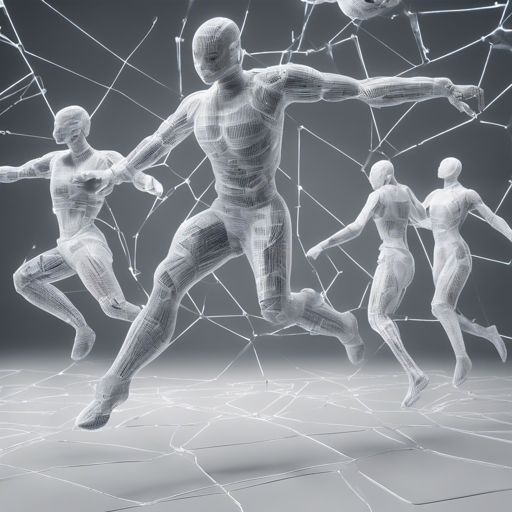Action recognition is a cutting-edge domain in video analysis where the primary goal is to identify actions within a video sequence. One of the most advanced techniques in action recognition is the use of 3D ResNets, which integrate spatial and temporal dimensions for effective learning. Let’s explore how to implement this powerful network, troubleshoot common issues, and get the most out of your action recognition tasks.
Step-by-Step Guide to Implementing 3D ResNets
1. Setting Up Your Environment
Before diving into coding, ensure that your environment is properly set up. You will need:
- PyTorch (version 0.4+)
- FFmpeg and FFprobe
- Python 3
2. Preparing Your Datasets
To train your model, datasets such as Kinetics-700, Moments in Time, UCF-101, and HMDB-51 are commonly used. Below is a brief overview of preparation steps for these datasets:
a. Kinetics Dataset
- Download videos from the official crawler.
- Convert videos from AVI to JPG files using the script:
python -m util_scripts.generate_video_jpgs mp4_video_dir_path jpg_video_dir_path kinetics - Generate the annotation file using:
python -m util_scripts.kinetics_json csv_dir_path 700 jpg_video_dir_path jpg dst_json_path
b. UCF-101 Dataset
- Download videos and train-test splits from this link.
- Follow similar steps to convert video formats and generate JSON annotations.
3. Running the Code
With the setup complete, you can now run the training or inference scripts. Here’s how to train a ResNet-50 model on the Kinetics-700 dataset:
python main.py --root_path ~data --video_path kinetics_videos/jpg --annotation_path kinetics.json --result_path results --dataset kinetics --model resnet --model_depth 50 --n_classes 700 --batch_size 128 --n_threads 4 --checkpoint 5Understanding the Code with an Analogy
Think of implementing a 3D ResNet model for action recognition like preparing a gourmet meal:
- Ingredients (Datasets): Just like you would gather the freshest ingredients for a fantastic meal, you gather high-quality video datasets like Kinetics-700 and UCF-101 to train your model.
- Recipe (Code): Your coding scripts are akin to a recipe book that guides you through the cooking process. Each step needs to be followed carefully, from preparation to cooking time.
- Cooking (Training): Training your model is like cooking the meal. You need a specific temperature (hyperparameters), timing (epochs), and methods (optimizers) to ensure a well-cooked output (trained model).
- Tasting (Testing): Just as you would taste your dish to adjust flavors, you test your model to ensure accuracy and fine-tune as necessary.
Troubleshooting Common Issues
If you encounter problems during implementation, here are some potential troubleshooting ideas:
- Issue with Library Versions: Ensure that you are using compatible versions of PyTorch and related libraries. Utilize the latest versions for optimal performance.
- Training Stalls or Crashes: Adjust your batch size or use a subset of your GPU resources by modifying the CUDA settings.
- File Not Found Errors: Double-check your file paths for datasets and ensure that all necessary files are in their respective directories.
For more insights, updates, or to collaborate on AI development projects, stay connected with fxis.ai.
Final Thoughts
3D ResNets hold tremendous promise for action recognition tasks. As you implement this technology, remember that practice and patience are key to mastering it. Our team at fxis.ai is continually exploring new methodologies to push the envelope in artificial intelligence, ensuring that our clients benefit from the latest technological innovations. Together, we can propel these advancements further into the future.

